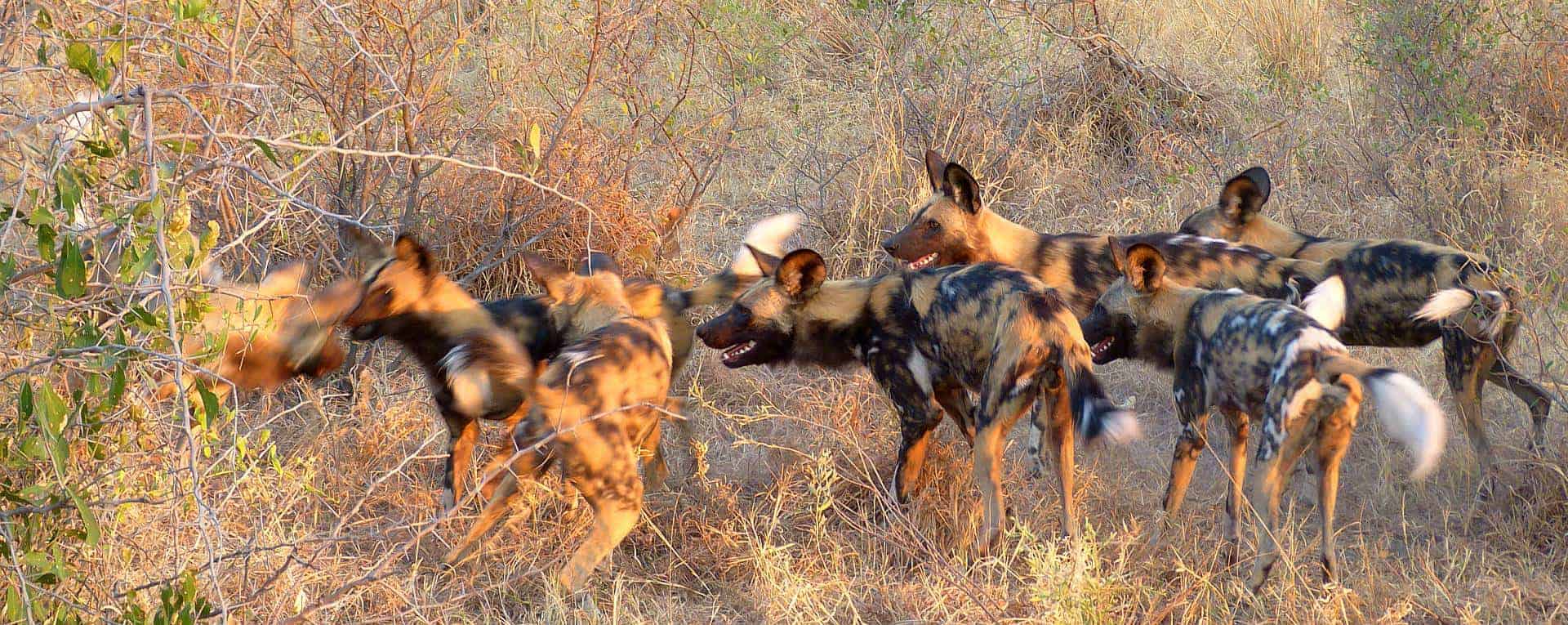
Selous Game Reserve
- Home
- Selous Game Reserve
Habitat
The main wildlife-viewing circuit follows a string of five connected lakes fed by the Rufiji River. The Rufiji is one of Africa's great rivers, with palm-fringed channels and swampy islets. The reserve also has an exceptionally high variety of habitats including Miombo woodlands, open grasslands, riverine forests, and swamps, making it a valuable laboratory for ongoing ecological and biological processes.
Wildlife
The wildlife in the Selous is particularly interesting as it attracts both east and southern African wildlife, both resident and migratory, and over 440 known species of birds, which make it a key destination on a Southern Tanzania safari. Lions are particularly strong here and there are large numbers of leopards. The park is home to over 50% of the remaining endangered African wild dog and also hosts very good populations of buffalo, giraffe, eland, hyena, sable, hippo, crocodile, kudu, baboon, wildebeest, zebra, impala, hartebeest, colobus, and vervet monkeys along with over 450 species of bird.
Best time to visit
The dry season (June to October) is when you should travel to Nyerere, even though you'll be joining the crowds attracted by this period's clear blue skies. It's at this time animals converge on rivers and waterholes, and the dry bush is sparse enough for views of wildlife to be unobscured. If you do visit in the wetter months, be aware that numerous lodges close their doors from March to May.
Other destinations
Get Help
Our dedicated team of travel experts is here to assist you every step of the way, ensuring a seamless and unforgettable journey.